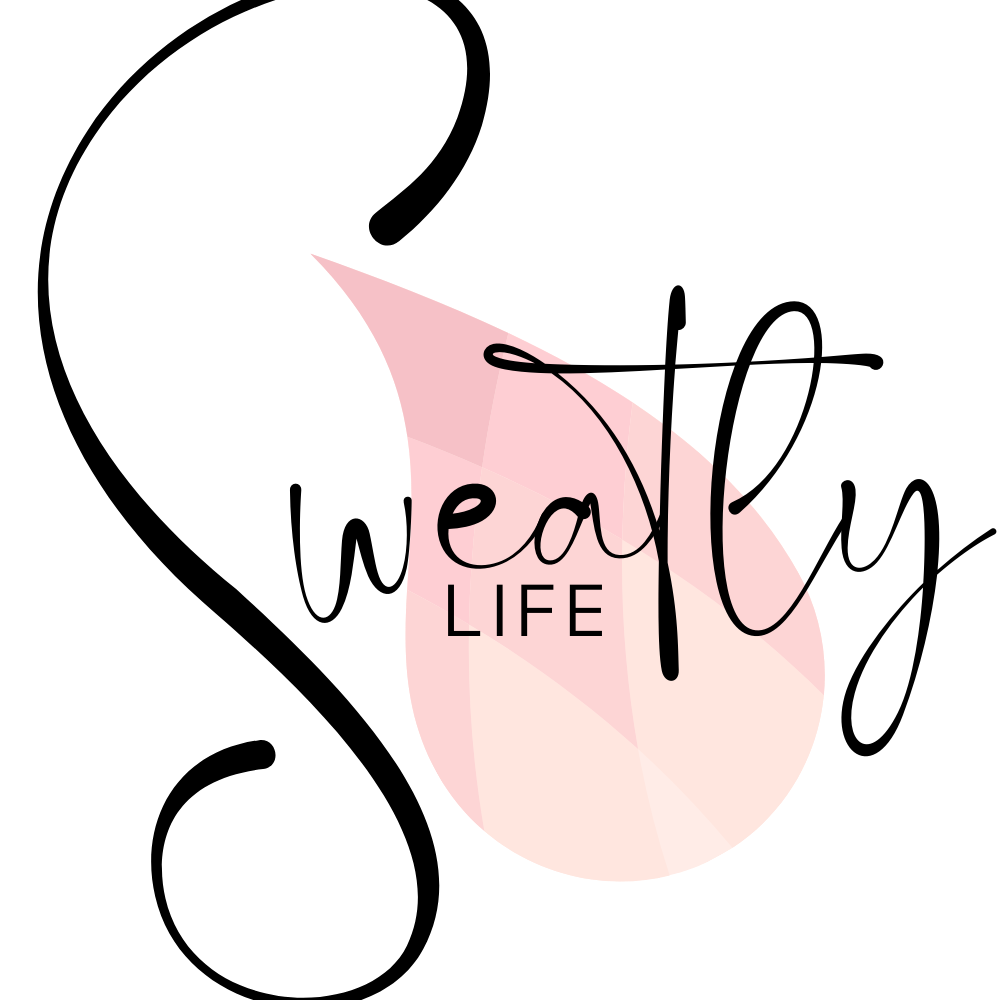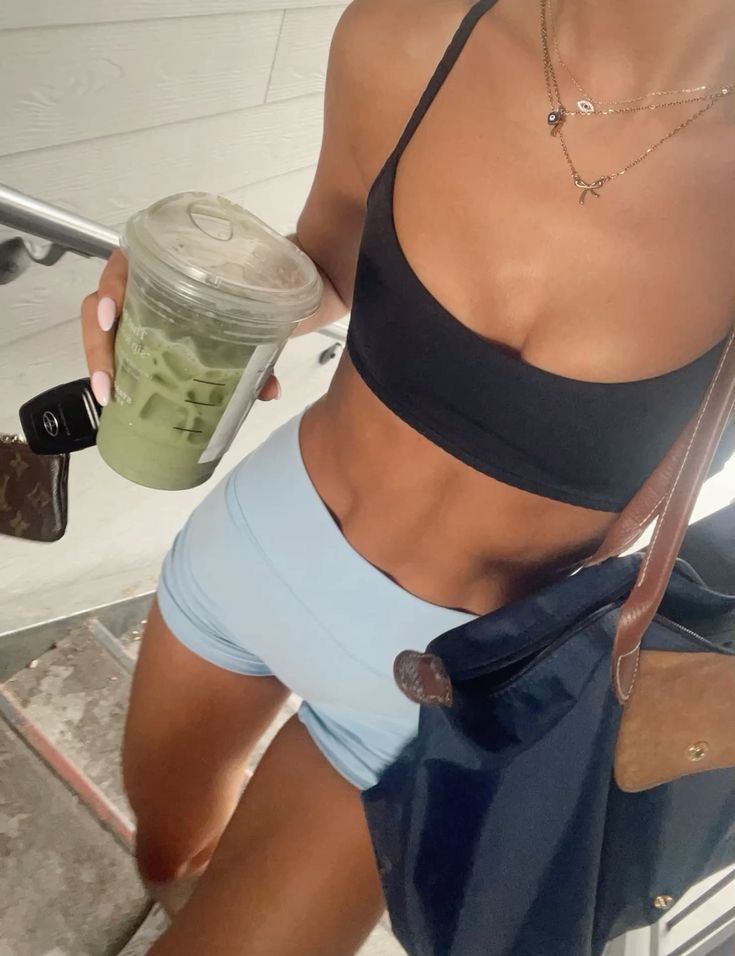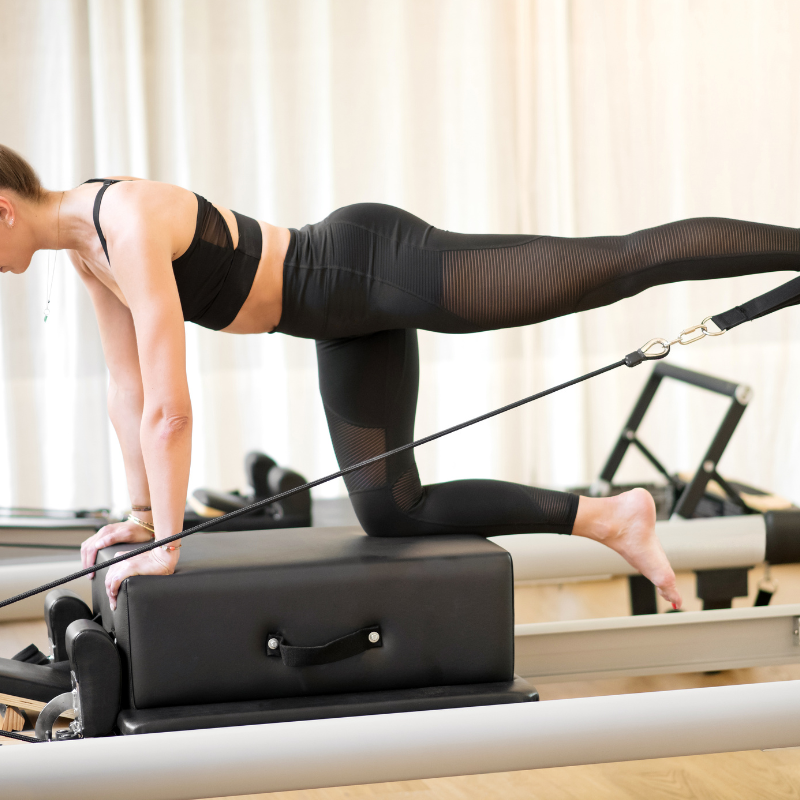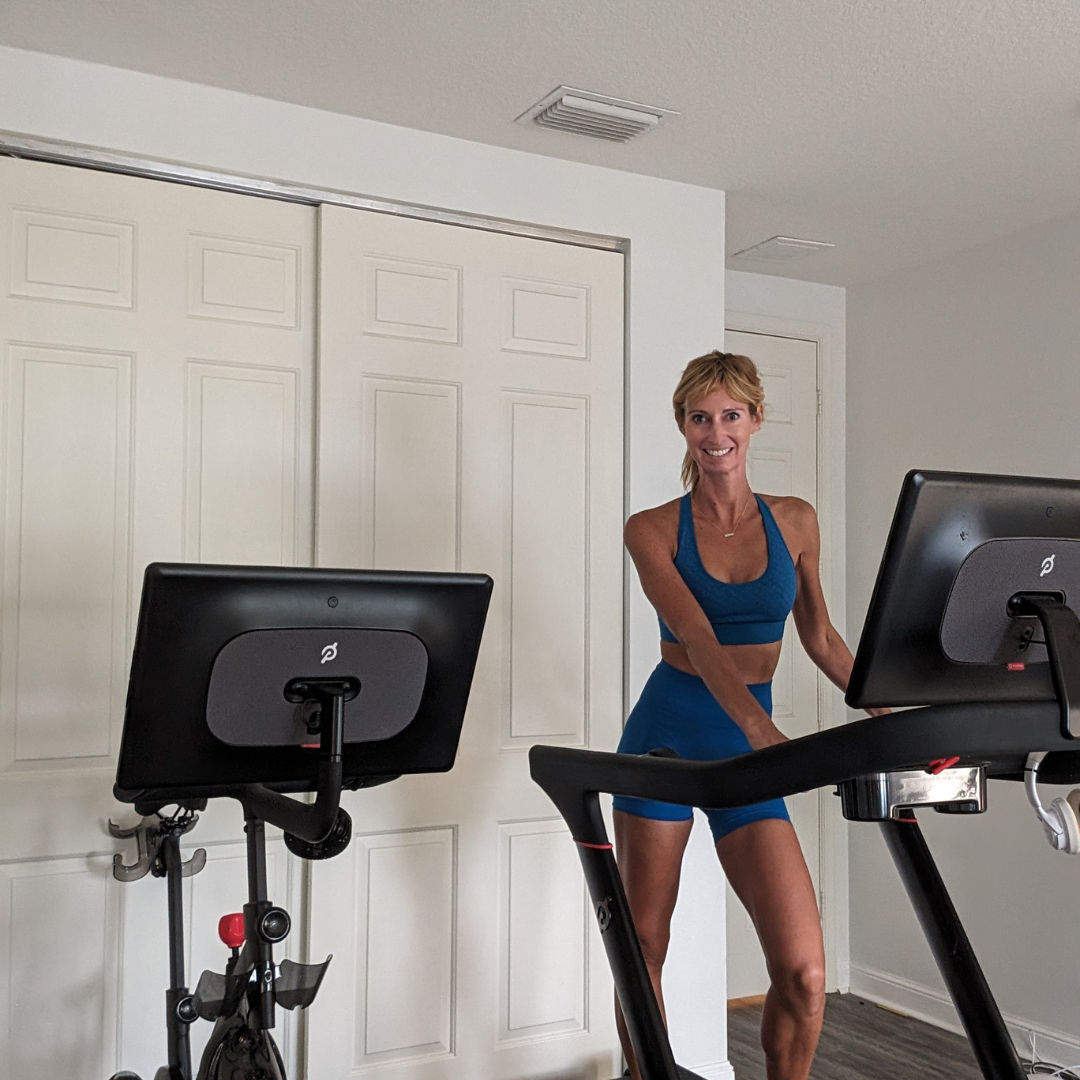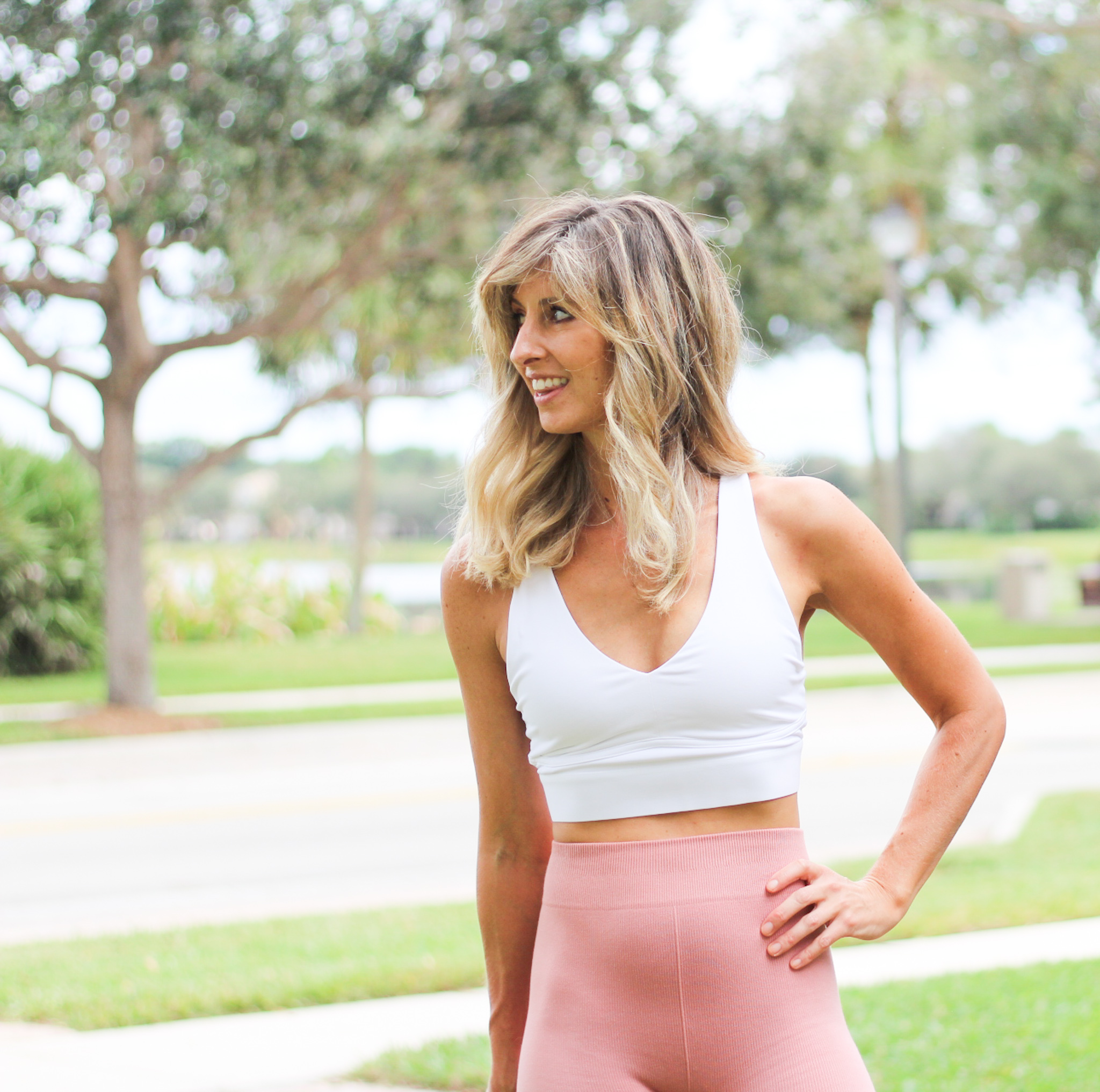
If you’re looking for effective weight loss, combining Peloton workouts with a smart eating plan is the best way to really get on track with your fitness goals. Peloton isn’t just about cycling; it’s a full-body experience that helps you burn calories and build strength, while also bosting your mental health with the fun coaches and postivive environment. Pairing it with a peloton diet to lose weight ensures you stay in a calorie deficit while fueling your body for those intense rides. You’ll feel stronger, more energized, and ready to crush your goals. Trust me, this combo works wonders in the long run. I love the Peloton workouts because they really help with fat loss, not just weight loss. The workouts help keep your muscle mass, while burning enough calories to help you burn fat and get to your weight loss goals without losing muscle. The workouts I do combine strength, cardio and HIIT, which is a great way to really build your fitness level, while also losing weight. Peloton also fits so easily into everyday life, which as a mom of four, is really important to me. I like how everything goes by time, so I can plan my workouts into my schedule.
Finding my favorite peloton instructor also helped a ton because I looked forward to her runs and rides. Once you connect with an instructor, or a few, your workout routine becomes so much better, and much more fun. If you don’t have any of the equipment, you can star with the Peloton app, and I think they give you a free month. When I first started I combined the app workouts with one of the general stationary bikes you can get off Amazon, and a basic treadmill for my exercise routine. Once I got going, I was sold, and I had to upgrade to the Peloton BIke and Peloton Tread.
Key Takeaways
- Combining Peloton workouts with a healthy diet and lifestyle change is essential for effective weight loss; both exercise and nutrition work together to create a calorie deficit.
- Focus on nutrient-dense, whole foods like fruits, vegetables, lean proteins, and whole grains to fuel your body and maintain energy levels during workouts.
- Create a balanced weekly workout schedule that includes HIIT (high intensity workouts), strength training, cardio workout and recovery days to maximize calorie burn and prevent burnout.
- Stay consistent by tracking your progress and celebrating small victories; this helps maintain motivation and reinforces healthy habits.
- Hydration is key—aim to drink half your body weight in ounces of water daily to support energy levels and recovery during your Peloton sessions.
Why Combine Peloton Workouts with a Diet?
The Role of Exercise and Nutrition
You’ve probably heard this before: weight loss is about balancing what you eat and how much you move. Exercise burns calories, but it’s not the only piece of the puzzle. Nutrition plays a huge role in creating a calorie deficit, which is essential for shedding pounds. When you combine Peloton workouts with a diet, you’re setting yourself up for success.
Research shows that pairing exercise with a healthy eating plan leads to better results than doing either one alone. For example, a study found that overweight women who combined diet and exercise lost significantly more weight than those who only focused on one. In fact, 60% of participants in the combined group achieved over 10% weight loss in just one year. That’s a big deal! So, if you want to lose weight with Peloton, don’t skip the diet part. Seriously, your diet is more important than your workouts, and I hate to admit that because I think workouts are more fun than eating healthy sometimes, but the basics like eating enough protein, limiting processed carbs and junk, and focusing on fruits and vegetables is really really important to weight loss. I also like to combine intermittent fasting with my diet plan, which I think helps me get a handle on my appetite and just not want to eat all the time.
Benefits of a Peloton Diet to Lose Weight
A Peloton diet isn’t just about cutting calories—it’s about fueling your body for those intense rides and strength classes. Eating the right foods can boost your energy, improve recovery, and help you stay consistent. Seasonal foods like pumpkins and apples are great options. They’re rich in fiber, which keeps you full and supports digestion. Warm, nourishing meals also make portion control easier and help you stick to your calorie goals.
Another perk? A varied diet keeps things interesting. You’re less likely to get bored or give up when your meals are flavorful and satisfying. This makes it easier to stay on track and lose weight with Peloton over the long term.
If you want the exact diet plan, that I followed to lose weight with Peloton, you can grab it here. It is the custom macro count with nutrition guide

My Peloton Workout Plan for Weight Loss
Weekly Schedule to Lose Weight with Peloton
Creating a weekly schedule is key to staying consistent and seeing results. You don’t need to overdo it—just focus on a balanced mix of classes. Here’s a sample plan to help you lose weight with Peloton:
- Monday, Wednesday, Friday: Start with HIIT workouts. These high-intensity interval training sessions are perfect for burning calories quickly.
- Tuesday, Thursday: Add strength workouts to build muscle. Muscle helps you burn more calories even when you’re resting.
- Saturday: Go for a long, steady-state cardio class. This keeps your heart rate up and helps with endurance.
- Sunday: Take a rest day or do a light recovery ride to let your body recharge.
This mix of cycling for weight loss, strength training, and recovery ensures you’re working hard without overtraining. It’s a sustainable weight loss program that fits into your busy life. Jumping on the live classes are really fun too because you are there live with everyone else. I try to do that whenever I can to keep things interesting. There is a great variety of classes to choose from, but the ones I did live were usually a ride or a run. The strength training workouts were the ones I saved, so I could jump on them for later.
Best Peloton Classes for Weight Loss
Not all classes are created equal when it comes to losing weight. Some are better for calorie burning, while others help you build strength or endurance. Here are some top picks:
- Long, Steady-State Rides: Try the 45 Min Sold Out Show Ride by Jenn Sherman or the 45 Min Power Zone Hip Hop Ride by Denis Morton. These classes are great for steady calorie burning.
- HIIT Workouts: Go for the 20 Min HIIT Cardio by Logan Aldridge or the 30 Min HIIT Ride by Alex Toussaint. These classes push you to your limits and torch calories fast.
- Strength Classes: Check out the 45 Min 2010s Bootcamp by Tune Oyeneyin or the 30 Min Bootcamp Body Weight by Jess Sims. These classes combine strength and cardio for maximum impact.
- Tabata Workouts: The 20 Min Tabata Ride by Ally Love is a must-try. It’s short but intense, making it perfect for busy days.
Mixing these classes into your routine keeps things fresh and helps you stay motivated.
Tips for Maximizing Results
To get the most out of your Peloton weight loss program, you need a smart strategy. Here are some tips to help you crush your goals:
- Aim for 4-5 workouts per week. This keeps you active without risking burnout.
- Combine your workouts with a healthy diet to maintain a calorie deficit.
- Track your progress. Use the Peloton app to monitor your calorie burn, heart rate, and class history.
- Include both HIIT and strength training in your routine. This combination is powerful for cycling for weight loss and building muscle.
- Don’t skip rest days. Recovery is just as important as training and weight loss.
By following these tips, you’ll stay on track and see results faster. Remember, consistency is the secret to success.
My Diet Plan for Weight Loss
Calories and Macros for Weight Loss with Peloton:
Calories and nutrition are the cornerstone to your weight with Peloton. Even if you do all your workouts, if you don’t have your nutrition just right, your body won’t let go of fat. If you don’t eat enough nutrients, your body will just want to hold on to stored nutrients, and it won’t let go of fat. By counting macros, you can keep your calorie count a little higher and ensure your body is getting enough nutrients, while still eating just a little less, so your body will use the negative fuel to burn fat. It is a tricky balance, and you might be a little hungry at first, but being hungry is not going to kill you! It means you are eating less and your body is using fat! Once you get through just a few days, your body adjusts really quickly. The number of calories you eat total matter, but the quality of those calories really matters too!
Counting macros makes sure that your calorie deficit provides the right amount of nutrients. If you eat 1200 calories of your favorite cupcakes every day, you might lose a little weight, but eating just 4-5 cupcakes the whole day will leave you feeling terrible and hungry. If you eat 1200 calories of fruits, vegetables and lean protein, you will feel like you are eating a lot, and all the fiber and protein will make you feel super full! A healthy diet really makes a big difference in how you feel the rest of the day, and you will get the best results if you focus on clean, nutrient dense, balanced macros. I was able to eat fewer calories when counting macros because I felt so full, and even with my increased activity levels, I didn’t find the need to eat more.
This plan is exactly what I followed for my diet plan to stick to calories and make sure I was eating the right amount:
Sweatly New Year Detox Meal Plan – 4 Weeks | 1500 Calories
This was one of the best things I did because no matter what it kept my calories in check for weight loss. When you keep your calories set, you get used to eating that much and it becomes a healthy lifestyle that is natural without having to plan every day.
Fasted Cardio/Workouts:
In addition to my diet plan, I did my morning workouts fasted. I found that I got better results when I did my cardio first thing in the morning, and I either did my strength right after, or later in the day if I didn’t have time. Cardio first thing in the morning forces your body to tap into stored fuel. If you have any glucose in your muscles or blood stream, it will get used up for your cardio workout, and I think it is the best way to burn fat fast. If you consistently do your cardio workouts and exercise program fasted in the morning on a regular basis, your will be able to get some results faster, and it also helps make sure you get your workout in! At first, fasted cardio can be uncomfortable, but if you really want to hit your fat loss goals, I highly suggest it with this program!
Creating a Calorie Deficit
If you want to lose weight, creating a calorie deficit is non-negotiable. This means you need to burn more calories than you consume. But don’t go overboard! A smaller, consistent calorie deficit is the way to go. It’s easier to stick with and keeps hunger at bay. A daily deficit of about 500 calories is a great starting point. This can help you lose around 1 pound per week, which is both sustainable and healthy.
To create a calorie deficit, focus on eating nutrient-dense foods. These include fruits, vegetables, lean proteins, and whole grains. They’re filling and packed with nutrients, so you’ll feel satisfied without overeating. Pair this with your Peloton workouts, and you’ll hit that caloric deficit sweet spot.
Balancing Macronutrients
Balancing macronutrients—carbs, proteins, and fats—is key to fueling your body while staying in a calorie deficit. Carbs often get a bad rap, but they’re essential for energy, especially during high-intensity Peloton rides. Choose complex carbs like quinoa, oats, and sweet potatoes. They provide long-lasting energy and keep you full.
Protein is your best friend for weight loss. It helps repair muscles after workouts and keeps you feeling full longer. Aim for lean options like chicken, fish, tofu, or beans. Don’t forget healthy fats! Avocados, nuts, and olive oil are great choices. They support brain health and keep your meals satisfying.
A good rule of thumb? Fill half your plate with veggies, a quarter with lean protein, and the last quarter with whole grains or starchy veggies. This simple formula makes balancing macronutrients a breeze.
Meal Prep and Planning
Meal prep is a game-changer when it comes to maintaining a consistent calorie deficit. Start small. Prep just a few meals a week until you get the hang of it. Focus on whole, minimally processed foods like fresh produce, lean proteins, and whole grains. These foods are nutrient-dense and help you stay on track.
Planning your meals ahead of time saves you from last-minute unhealthy choices. Chop veggies, cook grains, and portion out proteins in advance. Store them in containers for easy grab-and-go meals. Pay attention to your hunger signals, too. Eat when you’re hungry and stop when you’re full. This mindful approach helps you avoid overeating.
Meal prep doesn’t have to be boring. Experiment with spices, sauces, and different cooking methods to keep things exciting. With a little planning, you’ll find it much easier to stick to your healthy diet and maintain a consistent calorie deficit.
Staying Hydrated and Using Supplements
Staying hydrated is one of the simplest yet most effective ways to support your weight loss journey. When you’re working out on your Peloton, your body loses water through sweat. Replacing that lost fluid is essential for keeping your energy levels up and helping your muscles recover. Aim to drink water consistently throughout the day, not just during your workouts. A good rule of thumb is to drink half your body weight in ounces of water daily. For example, if you weigh 150 pounds, try to drink about 75 ounces of water.
If plain water feels boring, mix it up! Add a splash of lemon, cucumber slices, or even a few mint leaves for a refreshing twist. You can also try herbal teas or electrolyte drinks, especially after intense rides. Just watch out for sugary options that can add unnecessary calories.
Supplements can also play a role in your Peloton diet plan, but they’re not a magic fix. Focus on eating to lose weight with whole, nutrient-dense foods first. If you feel like you’re missing something, consider adding a multivitamin or protein powder to your routine. Protein shakes can be a convenient way to refuel after a workout, especially if you’re short on time. Look for options with minimal added sugars and high-quality ingredients.
Wondering how much weight can you lose with Peloton? Staying hydrated and fueling your body properly can make a big difference. It’s not just about eating in a calorie deficit—it’s about making healthy food choices that support your workouts. And if you’re asking how long does it take to lose weight with Peloton, the answer depends on your consistency. Stick with your plan, and you’ll see results over time.
Tip: Keep a water bottle nearby during your rides. Sip regularly to stay hydrated without waiting until you feel thirsty.
How to Track Progress and Stay Consistent
Monitoring Weight Loss Progress
Tracking your progress is essential for staying motivated and making adjustments to your plan. But how do you measure success beyond just stepping on the scale? Here are some effective methods:
- Measure your body fat percentage. This gives a clearer picture of your progress since losing fat is more important than just losing weight.
- Pay attention to how your clothes fit. Feeling more comfortable in your favorite jeans can be a huge confidence boost.
- Use a progress chart to record your measurements weekly or monthly. Seeing those numbers change over time can be incredibly motivating.
Remember, weight loss isn’t always linear. Some weeks you might not see results on the scale, but other indicators, like your energy levels or how you feel during workouts, can show you’re on the right track.
Staying Motivated and Building Habits
Staying consistent with your weight loss journey can feel challenging, especially when life gets busy. The key is to focus on building habits that make your routine feel natural. Start small. Commit to just one healthy change at a time, like prepping your meals or drinking more water. Once that becomes second nature, add another habit.
Celebrate your wins, no matter how small. Did you complete all your Peloton workouts this week? That’s worth celebrating! Rewards don’t have to be food-related. Treat yourself to a new workout outfit or a relaxing day off.
Also, remind yourself why you started. Keep a journal or vision board with your goals. Seeing your “why” every day can help you stay focused and consistent.
Overcoming Challenges Like Plateaus
Plateaus are a normal part of any weight loss journey, but they can feel frustrating. Your body has mechanisms, like slowing your metabolism, to prevent rapid weight loss. Here’s how to push through:
- Check your eating habits. Over time, calorie creep can happen. Track your meals to ensure you’re still in a calorie deficit.
- Add resistance training to your routine. Building muscle boosts your metabolism and helps you burn more calories.
- Focus on protein. It helps maintain muscle mass and keeps you feeling full.
- Reduce sugar and starches. High insulin levels can make it harder to burn fat.
- Prioritize sleep. Poor sleep can increase hunger and cravings, making it harder to stay consistent.
Plateaus don’t mean failure. They’re just a sign to tweak your approach. Stay patient, and you’ll see results again.
Common Challenges and How to Overcome Them
Managing Hunger and Cravings
Hunger and cravings can derail even the best weight loss plans. But you can manage them with a few smart strategies. Start by eating more fiber-rich foods like vegetables, fruits, and whole grains. These keep you full longer and help control your appetite. Protein is another hunger-buster. Include lean options like chicken, fish, or beans in every meal.
Cravings often hit when you’re stressed or bored. Instead of reaching for snacks, try drinking water or herbal tea. Sometimes thirst feels like hunger. If you still want something sweet, go for healthier options like a piece of dark chocolate or a small serving of fruit.
Tip: Keep healthy snacks like nuts or yogurt on hand. They’re satisfying and prevent you from grabbing junk food.
Breaking Through Plateaus
Plateaus happen when your weight loss stalls, even though you’re sticking to your plan. Don’t worry—it’s normal. To break through, shake things up. Here’s how:
- Cut back on carbs and focus on eating more vegetables.
- Increase the intensity or frequency of your workouts.
- Track everything you eat to spot hidden calories.
- Add more protein to your meals to preserve muscle and boost metabolism.
- Manage stress with activities like yoga or meditation.
- Try intermittent fasting to reset your eating patterns.
- Avoid alcohol, which can add empty calories.
- Stay hydrated with water, coffee, or tea.
Note: Don’t rely on the scale alone. Pay attention to how your clothes fit and how strong you feel during workouts.
Avoiding Overtraining
Overtraining can slow your progress and lead to injuries. Watch for signs like lingering muscle soreness, fatigue, or a lack of motivation to exercise. If you notice these, it’s time to adjust.
- Take active recovery days with light activities like walking or yoga.
- Get 7-9 hours of quality sleep each night.
- Listen to your body. If something feels off, scale back your intensity.
- Cross-train to avoid overuse injuries. For example, mix cycling with strength training or swimming.
Reminder: Rest is just as important as exercise. It helps your body recover and prevents burnout.
By tackling these challenges head-on, you’ll stay on track and keep moving toward your goals.
Combining Peloton workouts with a healthy diet is one of the most effective ways to achieve weight loss results. By focusing on creating a calorie deficit, staying consistent with your workouts, and tracking your progress, you’ll set yourself up for success. Remember, it’s not about perfection—it’s about progress.
Start small. Commit to one change today, whether it’s trying a new Peloton class or prepping a healthy meal. Those small, consistent steps will lead to lasting results. You’ve got this!
Tip: Celebrate every milestone, no matter how small. Progress is progress!
FAQ
How many calories can you burn with a Peloton workout?
It depends on the class and your effort. On average, you can burn 300–600 calories in a 30–45 minute session. High-intensity classes like HIIT or Tabata burn more. Use the Peloton app to track your calorie burn for accurate results.
Do you need to follow a strict diet to lose weight with Peloton?
Not at all! You just need to stay in a calorie deficit. Focus on eating whole, nutrient-dense foods. Balance your meals with protein, carbs, and healthy fats. Meal prep can help you stay consistent without feeling restricted.
How long does it take to see results with Peloton?
You’ll notice changes in 4–6 weeks if you stay consistent with workouts and your diet. Results vary based on your starting point and effort. Track progress with measurements, how your clothes fit, and your energy levels—not just the scale.
Can beginners lose weight with Peloton?
Absolutely! Peloton offers beginner-friendly classes to ease you in. Start with low-impact rides or shorter sessions. Gradually increase intensity as you build strength and endurance. Pair your workouts with a healthy diet, and you’ll see progress.
What if I don’t have time for long workouts?
No problem! Peloton has quick classes like 15–20 minute HIIT rides. These short, intense sessions burn calories fast. Combine them with strength training or active recovery on busy days. Consistency matters more than workout length.
Tip: Even 10 minutes of movement is better than none. Just start!
-
Sale!
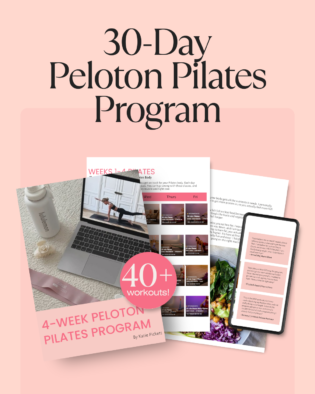
4-Week Peloton Pilates Workout Plan
$12.99Original price was: $12.99.$8.99Current price is: $8.99. -
Sale!
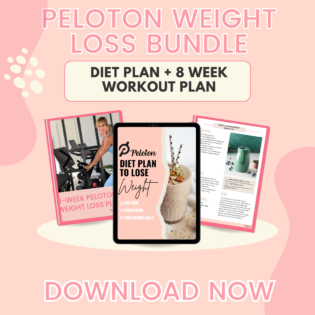
Peloton Diet Plan To Lose Weight + 8 Week Peloton Workout Plan Cardio + Strength
$27.99Original price was: $27.99.$22.99Current price is: $22.99. -
Sale!
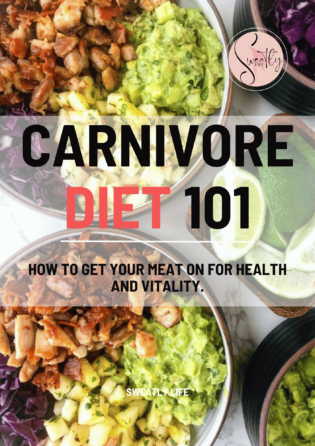
Canivore Diet Plan 101: Get Started
$7.99Original price was: $7.99.$4.99Current price is: $4.99. -

